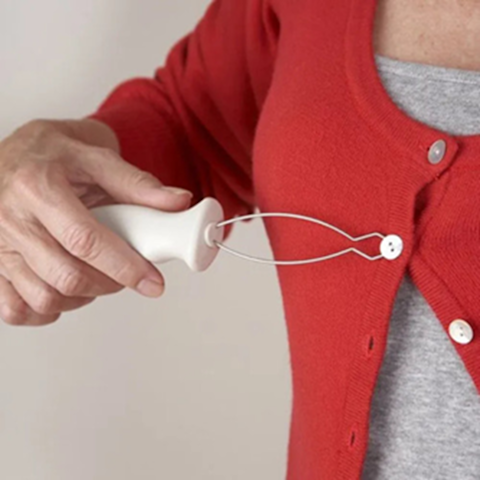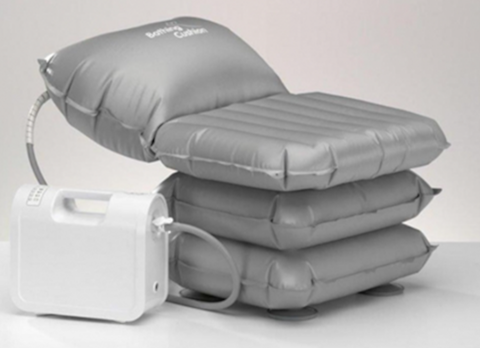
20 May 2025
For Help and Advice call: 01524 888453
Our blog27 May 2025
Creating a bathroom that works for everyone, children, adults, and seniors with varying abilities, is not just a design trend; it’s a necessity for inclusive living. Universal design ensures spaces are accessible, safe, and functional for people of all ages and mobility levels. Whether you’re planning a home renovation or simply looking to make your bathroom more accommodating, applying universal design principles can transform this essential space into one that meets diverse needs without sacrificing style or practicality. In this post, we’ll explore the core principles of universal design for bathrooms and share practical solutions to make your space inclusive for all.
Universal design is about creating environments that are usable by everyone, regardless of age, size, or ability, without the need for adaptation or specialised modifications. In a bathroom, this means designing a space that is safe for a child learning to use the toilet, comfortable for an adult, and accessible for a senior with mobility challenges. The goal is flexibility, safety, and ease of use, ensuring the bathroom evolves with its users’ needs over time.
A universally designed bathroom prioritises accessibility while maintaining an inviting aesthetic. This means avoiding clinical-looking fixtures and focusing on seamless integration. For example, a walk-in shower with a level-entry floor eliminates steps, making it easier for wheelchair users or those with limited mobility to enter safely. It also benefits parents guiding young children or anyone carrying laundry. Pair this with a stylish glass screen and modern tiles, and the space feels luxurious rather than utilitarian.
Safety is paramount in a bathroom, where wet surfaces increase the risk of slips and falls. Non-slip flooring, such as textured tiles or vinyl, is essential for all users, from energetic toddlers to seniors with balance concerns. Grab bars, strategically placed near the toilet and shower, provide support without dominating the design, opt for sleek, stainless-steel models that blend with contemporary decor. Adequate lighting, such as motion-sensor LEDs, ensures visibility for nighttime use, benefiting everyone from children afraid of the dark to adults navigating in low light.
A universal bathroom adapts to its users’ evolving needs. Adjustable-height fixtures, like a wall-mounted sink or a showerhead with a sliding rail, cater to both children and adults. For those with temporary or permanent mobility challenges, portable aids can make a significant difference without requiring permanent alterations. For instance, the Mangar Bathing Cushion is an excellent example of a flexible, non-permanent solution. This inflatable bath lift gently lowers and raises users in the bathtub, supporting those with mobility limitations while preserving the bathroom’s existing layout. Its portability makes it ideal for households that may not need a permanent lift but want a safe bathing option for occasional use.
A universally designed bathroom should be easy to navigate for all. Lever-style taps, rather than twist knobs, are simpler for children or those with arthritis to operate. Clear, open spaces around fixtures allow easy access for wheelchair users or parents assisting young children. Consider touchless technology, such as sensor-activated taps or flush valves, which reduce physical effort and enhance hygiene, a win for users of all ages.
Sufficient space is critical in a universal bathroom. A minimum of 150 cm by 150 cm of clear floor space allows for easy manoeuvrability, whether for a wheelchair, a walker, or a parent helping a child. Comfort also extends to seating, fold-down shower seats provide a resting spot for seniors or those recovering from surgery, while also serving as a perch for adults shaving or bathing children. These features ensure the bathroom feels spacious and welcoming for everyone.
A wet room or walk-in shower is a cornerstone of universal design. By removing thresholds and incorporating a gentle slope for drainage, these setups eliminate tripping hazards and accommodate wheelchairs. Add a handheld showerhead and a built-in bench for versatility, ensuring the space works for all users.
Not every household can afford or needs a full bathroom renovation. Portable aids offer a cost-effective way to enhance accessibility. The Mangar Bathing Cushion, for example, is a lightweight, battery-powered device that supports safe bathing without permanent fixtures. It’s particularly useful for seniors or those with temporary mobility issues, as it can be easily stored when not in use, maintaining the bathroom’s aesthetic for other users.
Storage should be accessible to all. Lower cabinets or pull-out shelves allow children and wheelchair users to reach toiletries, while open shelving at varying heights caters to different abilities. Consider magnetic or easy-grip handles for drawers to accommodate those with limited dexterity.
Good lighting enhances safety and usability. Combine overhead lighting with task lighting around the mirror to reduce shadows. For users with visual impairments, high-contrast colours, such as a dark toilet seat against a white toilet, improve visibility and ease of use.
A universal bathroom is an investment in the future. As families grow and age, their needs change. A bathroom designed with universal principles ensures it remains functional whether you’re raising young children, accommodating a temporary injury, or supporting an ageing parent. It’s also a selling point for homes, as more buyers seek properties that cater to multigenerational living.
Moreover, universal design promotes inclusivity. By considering the needs of all users, you create a space that fosters independence and dignity. Tools like the Mangar Bathing Cushion exemplify this ethos, offering a practical solution that supports mobility challenges without requiring costly renovations or compromising the bathroom’s versatility.
Ready to transform your bathroom? Start small by adding non-slip mats, grab bars, or portable aids like the Mangar Bathing Cushion. For larger projects, consult a designer experienced in universal design to ensure compliance with accessibility standards, such as those outlined in the UK’s Building Regulations Part M. By prioritising inclusivity, safety, and flexibility, you’ll create a bathroom that serves everyone, today and for years to come.
20 May 2025
09 May 2025
14 Apr 2025

